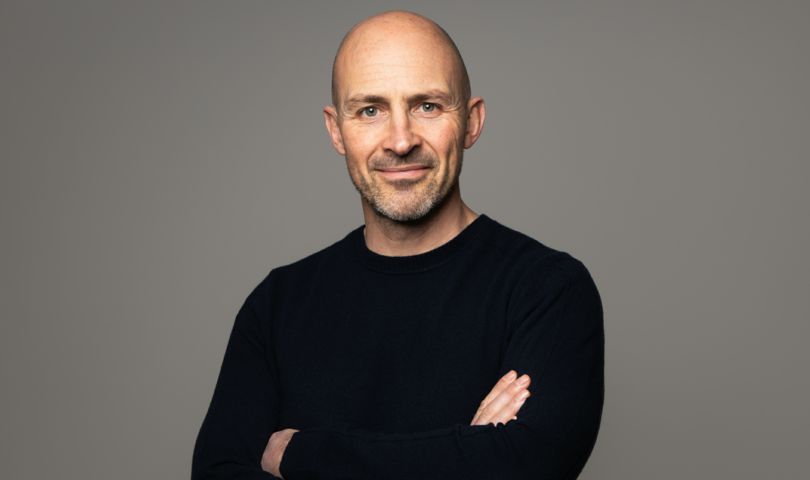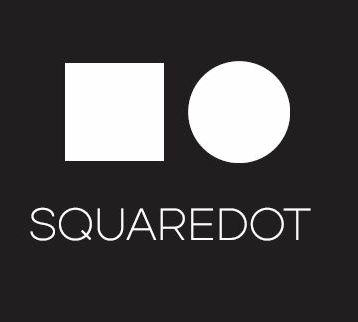Sponsored Content
Whether it’s the best a man can get, finger lickin’ good or probably the best lager in the world, one thing is for sure, consumer marketing always sought fame.
Not many B2B brands champion that zeitgeist. Most never try. “It’s all about the leads,” they say. And with that, creativity lies dead in its wake.
Of course, there have been notable exceptions. But we need more Fearless Girls on Wall Street and Epic Splits from Volvo.
What’s more, there has never been a better time to give your B2C peers a run for their money, and inject imagination and creativity into your B2B brand storytelling. And seek fame.
Why now?
Not that long ago, before website visits became a thing, before we went all-in on content marketing and automation tools, there really weren’t that many opportunities for B2B marketers to advertise their brand story.
Direct mail or brochures handed out at events was as exciting as it got. Mass media formats like TV, national press or radio made little practical sense.
But thanks to the rise of social media, B2B brands now have the platform to tell their story. And with video and podcast production costs coming down, allied to data driven insights and hyper targeting, opportunities to increase your share of voice have really opened up.
But what about the leads?
Recent studies by Binet and Field, commissioned by LinkedIn, proved that “advertising works just as hard in B2B as B2C.”
And while effective lead generation activations can be great at spiking short-term results before returning back to a baseline, brand-building advertising can generate leads sustainably and into the long term. “A balanced campaign will incorporate both” is a key insight from the studies.
In terms of investment, the sweet spot for the best results according to Binet and Field is 45% brand-building awareness advertising and 55% activation or lead generation.
Emotional punch
Lead generation typically centres around content marketing, adding value with thought leadership advice and promoting your products and services using a rational mindset. Brand-building campaigns on the other hand shift the focus from a rational mindset to an emotional connection/priming.
[Just to be clear, we’re not suggesting melodramatic theatrics here. The idea is not to reduce your audience to tears or fits of laughter, but to strike a chord. Be unexpected, clever and memorable. And deliver rational benefits with a lasting emotional impact to gain top-of-mind consideration by the time your audience is in the market for your products or services. In his book This is Marketing, Seth Godin explains it extremely well: “brand marketing makes magic, direct marketing makes the phone ring.”]
The counter argument is made that B2B buyers are purely rational decision makers. And for sure, when it comes to pulling the trigger on a sale, the decision is influenced by cold, hard facts, costs, features and benefits etc.
But just to get onto the table of consideration in the first place means that you will need to have already made an impact on your audience. That’s where emotions come into play.
B2B sales are not an everyday purchase. Indeed, the buying cycle typically runs into months and years. Brand-building campaigns are typically targeted broad and wide to increase their share of voice. The idea is to influence future prospects, and not just your current targets. As a result, memorability is even more important so that your brand can become the ‘gut feeling’ choice of your future prospects when they eventually transition into buyers.
The ace card
Rather than submit to an inferior complex [compared with your flashy B2C peers], when it comes to advertising your brand B2B marketers actually have an advantage up their sleeve.
For in consumer marketing, and in particular the FMCG market, true USPs are rare. They are all more or less the same thing, just different packaging. One toothpaste is pretty much the same as the other. Same for fizzy drinks. Same for almost everything in your local supermarket. They are all much of a muchness, and no brand has any real functional advantage over the competition.
On the other hand, many B2B brands have solid USPs that differentiate their offering. Some have really strong ones. OK, so not every company is a Silicon Valley unicorn that will digitally transform the processes of entire industries, but many still carve out their own healthy niche with features, benefits or their people that make them genuinely unique and appealing to the right customer.
And while your content can promote these features, benefits and people, their true value lies in the expansive canvas this opens up for more emotive and imaginative brand advertising. Rarely do creatives in B2C get to work on briefs of this substance.
Dare to be different
While there are notable exceptions, broadly speaking, the brand-building bar is lower in B2B marketing. A brand that dares to be different is even more likely to stand out from the noise and get noticed. Maybe even famous. Additionally, by championing creativity, you’re more likely to attract and retain talent in-house that would otherwise be lost to the ‘cool kids’ in B2C.
All in all, far from harbouring an inferiority complex towards your B2C peers, there has never been a better time for B2B marketers to beat them at their own game. Seek fame for your brand and tell your story in unexpected, imaginative and memorable ways that deliver rational benefits with lasting emotional impact.
You’ll end up with more leads too.
Visit www.squaredot.eu
Telephone: +353 1 524 2731
Email: hello@squaredot.eu
Pictured: Ian Blake, founder and managing director of Squaredot









